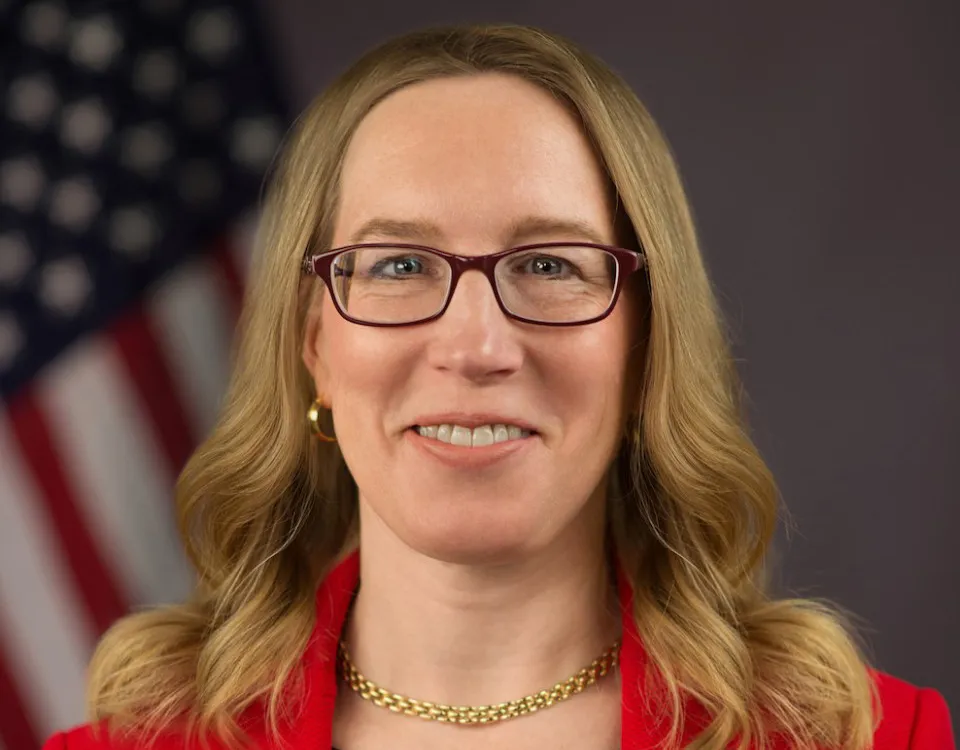The voluntary carbon market (VCM) is the financial sector’s favourite offsetting solution for all the emissions left at the bottom of their carbon barrel.
If you’ve come across Euromoney’s coverage of the VCM before, you’ll know that the market’s current pitfalls include credibility concerns over just how many tons of carbon are actually being avoided, buyer-seller concerns over risk sharing and pricing, and infrastructure capacity.
The slow but steady churning of negotiations over Article 6 of the Paris Agreement could now slow down VCM growth.
Evidence that the global economy is largely off track in terms of achieving the 1.5-degree target is incentivizing banks and other market participants to focus on offsetting and publish generous market growth predictions.
Referencing a recent McKinsey report, NatWest predicts that the VCM could grow up to 15 times its current size owing to global demand, while Barclays projects that if the VCM were to reach its full potential, it could reach $250 billion by 2030, and $1.5 trillion by 2050, with 5.3Gt of carbon credits issued at a price of $50/t.
A lot of industry participants hover around the ‘$50 billion by 2030’ view, but even this smaller figure depends on so many assumptions and variables – not least of which, the price variation of carbon credits – that these predictions are hardly reliable.
Compliance
Developments on the compliance carbon market are another good reason to lower expectations of a VCM great awakening.
While Article 6.2 of the Paris Agreement allows bilateral trading of emissions reductions and removals between governments, Article 6.4 creates a project-based market – as opposed to the emissions trading schemes that already exist – where the UN acts as a supervisory body to which developers can register a project and get certified credits. Importantly, it also allows individual companies to invest in projects.
There is a long-running debate around accounting adjustments and double counting between governments, but the point is that the project-based compliance carbon market will help countries meet their nationally determined contributions and also welcomes the private sector to participate. So, what reason is there for investors to look at the voluntary market if they can contribute to a national initiative?
What reason is there for investors to look at the voluntary market if they can contribute to a national initiative?
Not to mention that credit trading on VCM still mostly hosts carbon-avoidance projects, which are not compliant with Article 6. And the Science Based Targets initiative still does not allow companies to use VCM credits to meet their targets.
The VCM only exists because of global policy failure to accelerate and finance decarbonization. If policymakers manage to create a carbon finance market that actually funnels capital into decarbonization assets, both public and private, there will be less incentive to engage with the VCM.
What the voluntary market does offer is a 25-year head start, during which stakeholders have made great progress towards developing solid methodologies and quality standards for the projects themselves. It’s also never going to be as bureaucratic as a government-led one.
It might make sense for them to run in parallel for now, but offsetting needs may drive compliance market growth before the voluntary ones have time to reach a market cap in the hundreds of billions.




